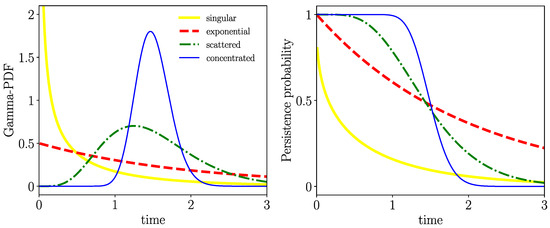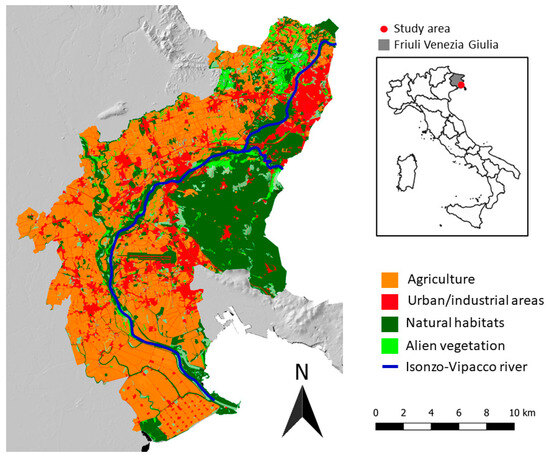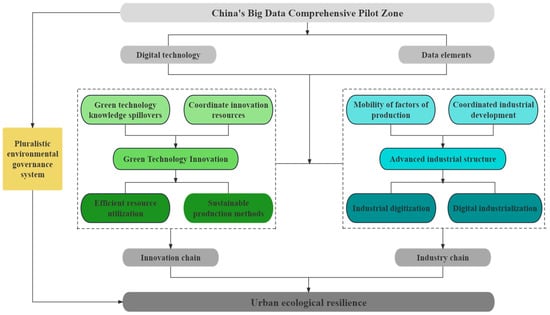The carbon isotopic composition of dissolved organic carbon (δ
13C
DOC) in speleothems, based on high-precision U-Th ages, has great potential to reconstruct past ecology, microbial activity, and carbon cycling. Identifying the reliability of the pretreatment and measurement of speleothem δ
[...] Read more.
The carbon isotopic composition of dissolved organic carbon (δ
13C
DOC) in speleothems, based on high-precision U-Th ages, has great potential to reconstruct past ecology, microbial activity, and carbon cycling. Identifying the reliability of the pretreatment and measurement of speleothem δ
13C
DOC is therefore essential to putting it into practice. Actually, we have previously verified the reliability of the method for speleothem δ
13C
DOC measurements. However, it was only based on the final δ
13C
DOC values of homogeneous speleothem powder and is unable to evaluate the effects of different experimental conditions and the impacts of adding acid on δ
13C
DOC if using speleothem as the study samples. In this study, we used an organic reagent (potassium sorbate) as the study sample and designed a conditional experiment that simulates the protocols for speleothem δ
13C
DOC analysis and presented the resulting data to inspect the effects of the experimental processes on the analysis of δ
13C
DOC. The results show that the standard deviation of duplicate samples is 0.1‰, which is close to that of the previous work for organic reagents and water samples, and the results were not affected by different experimental conditions and operation steps (such as adding orthophosphoric acid, digestion time, and storage duration of resulting CO
2 in storage vessels), suggesting that this method is robust to detect the speleothem δ
13C
DOC. Considering the range and standard deviation of results, we proposed that the δ
13C
DOC record could be used in various studies when the amplitudes of the δ
13C
DOC record are larger than 0.1‰, especially greater than 0.4‰.
Full article
 IJMS
IMPACT
IJMS
IMPACT Applied Sciences
IMPACT
Applied Sciences
IMPACT Sustainability
IMPACT
Sustainability
IMPACT Sensors
IMPACT
Sensors
IMPACT JCM
IMPACT
JCM
IMPACT Energies
IMPACT
Energies
IMPACT Molecules
IMPACT
Molecules
IMPACT Materials
IMPACT
Materials
IMPACT Remote Sensing
IMPACT
Remote Sensing
IMPACT Cancers
IMPACT
Cancers
IMPACT Electronics
IMPACT
Electronics
IMPACT Mathematics
IMPACT
Mathematics
IMPACT Foods
IMPACT
Foods
IMPACT Buildings
IMPACT
Buildings
IMPACT Plants
IMPACT
Plants
IMPACT Nutrients
IMPACT
Nutrients
IMPACT Animals
IMPACT
Animals
IMPACT Polymers
IMPACT
Polymers
IMPACT Water
IMPACT
Water
IMPACT Diagnostics
IMPACT
Diagnostics
IMPACT Biomedicines
IMPACT
Biomedicines
IMPACT Agronomy
IMPACT
Agronomy
IMPACT Microorganisms
IMPACT
Microorganisms
IMPACT Processes
IMPACT
Processes
IMPACT Healthcare
IMPACT
Healthcare
IMPACT Forests
IMPACT
Forests
IMPACT Cells
IMPACT
Cells
IMPACT JMSE
IMPACT
JMSE
IMPACT Medicina
IMPACT
Medicina
IMPACT Viruses
IMPACT
Viruses
IMPACT Agriculture
IMPACT
Agriculture
IMPACT Nanomaterials
IMPACT
Nanomaterials
IMPACT IJERPH
IJERPH
 Land
IMPACT
Land
IMPACT Pharmaceutics
IMPACT
Pharmaceutics
IMPACT Pharmaceuticals
IMPACT
Pharmaceuticals
IMPACT Religions
IMPACT
Religions
IMPACT Biomolecules
IMPACT
Biomolecules
IMPACT Life
IMPACT
Life
IMPACT Micromachines
IMPACT
Micromachines
IMPACT Atmosphere
IMPACT
Atmosphere
IMPACT Antioxidants
IMPACT
Antioxidants
IMPACT Genes
IMPACT
Genes
IMPACT Metals
IMPACT
Metals
IMPACT Symmetry
IMPACT
Symmetry
IMPACT Children
IMPACT
Children
IMPACT Coatings
IMPACT
Coatings
IMPACT Vaccines
IMPACT
Vaccines
IMPACT Horticulturae
IMPACT
Horticulturae
IMPACT Education Sciences
IMPACT
Education Sciences
IMPACT Minerals
IMPACT
Minerals
IMPACT Brain Sciences
IMPACT
Brain Sciences
IMPACT JPM
IMPACT
JPM
IMPACT Bioengineering
IMPACT
Bioengineering
IMPACT











